Horseradish unpretentious plant. An impressive bush grows from a small root planted in the garden in a couple of years. Over the years, it spreads, conquering new territory. Gardeners are not afraid of such aggression. The roots and leaves of horseradish are good for health, they can be used in cooking.
Content
Description
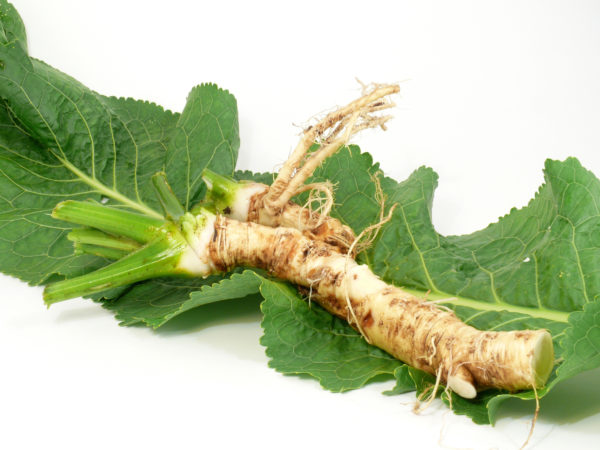
During flowering (it occurs in May-June) bushes of a perennial plant look spectacular. Pistiform-cluster-shaped inflorescences from many small white flowers are set off by the lush green of leaves. The leaf plates have an oblong or oblong-oval shape, a wavy-town-like edge.
The roots go deep into the soil (30-100 cm). Old rhizomes are long, fleshy, fusiform, thickened in the upper part. They are covered with many lateral roots. The surface is yellowish brown, the flesh is white, moderately juicy.
Young roots are long, thin, arranged vertically. Furrowed, erect stems reach a height of 50-150 cm. Propagate horseradish vegetatively. Rhizomes are harvested for 2-3 years. For treatment, raw materials harvested in the fall are suitable.
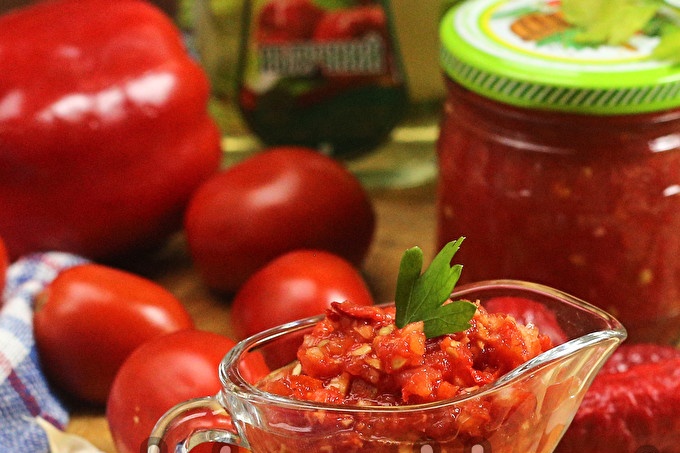 You may be interested in:
You may be interested in:The benefits of horseradish

The beneficial properties of horseradish roots and leaves are traditionally used in folk medicine, home cosmetology. The underground part of the plant is an excellent seasoning. Rhizome is added during canning. Leaves are also used in cooking.
All parts of the plant have a complex chemical composition. In addition to dietary fiber, minerals and vitamins (C, B, PP), they include:
- lysozyme;
- essential oil;
- volatile;
- amino acids;
- carotene;
- saponins;
- glycosides.
Thanks to lysozyme and phytoncides, horseradish has a strong antimicrobial effect. Fresh juice, water extraction activate the work of the glands located in the digestive tract. This has a positive effect on appetite, digestion, and improves fat breakdown.
In moderate doses, grated rhizome is useful for indigestion, dyskinesia, and intestinal pathologies. It helps with scurvy, bronchitis, flu, metabolic disorders. The juice of the plant helps with urolithiasis. In diluted form, they treat diseases of the oral cavity, throat, ears.
Horseradish leaves and pulp are applied externally. Poultices and rubbing are used for many diseases:
- sciatica;
- arthralgia;
- myositis;
- neuralgia;
- gout.
How to apply horseradish
With a number of diseases, the plant can be harmful. It is impossible to treat horseradish colitis and enterocolitis, it is contraindicated in case of duodenal ulcer, nephritis. Before starting treatment, consult a specialist.
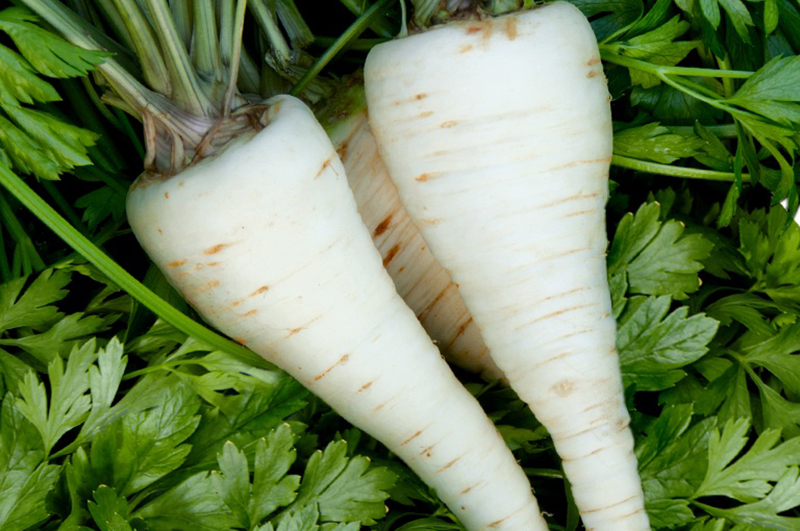 You may be interested in:
You may be interested in:Folk recipes
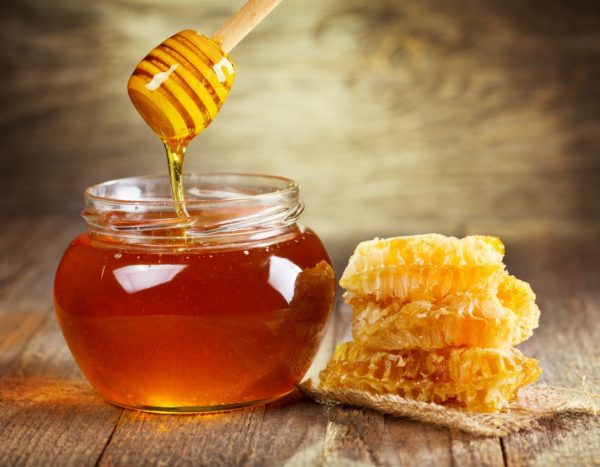
Bronchial asthma reduces the quality of life. To improve the condition, medicinal products taken in equal proportions help:
- horseradish root (grated);
- honey.
To treat the disease, 1 tsp of this mixture is eaten every morning. Hypertension helps a more complex recipe.
Ingredients for its preparation:
- lemon (juice) - 1 pc.;
- carrots (juice) - 1 tbsp;
- horseradish (juice) - 1 tbsp;
- honey - 1 tbsp.
Method of application for hypertension:
- the mixture is stirred;
- stored in a cool place in a sealed container;
- drink an hour before meals;
- treatment duration - 2 months;
- frequency of admission - 1 tsp 3 times a day.
Home cosmetics
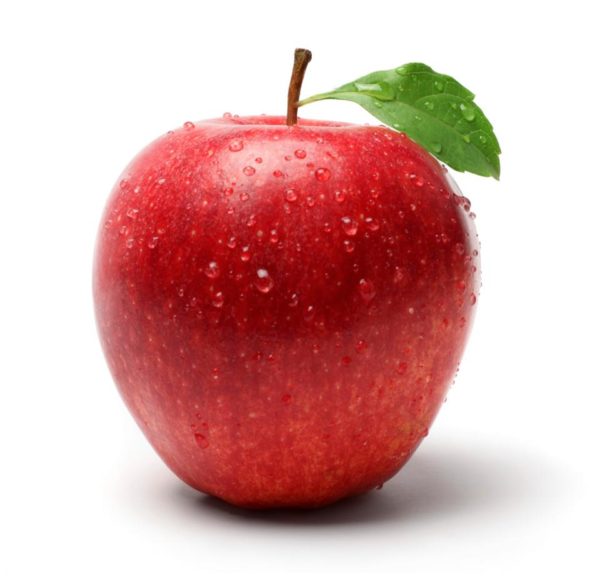
Acne is a problem of puberty. The root of the plant helps to solve it. Fresh rhizome is washed, cleaned, triturated until gruel is obtained. The mass is applied to the problem area 1-2 times a day. Helps with blackhead juice. It is mixed with sour cream and applied to the skin.
A healthy plant helps women to regain their tone on aging skin.
To prepare the mask take:
- root - 1 part;
- apple - 1 part.
Horseradish and fruit are rubbed, mixed. The mass is applied to the face. It narrows pores, improves skin elasticity.
Cookery
In spring, young horseradish leaves are added to the salad. Previously, they are finely and finely crushed and slightly crumpled. Ingredients for making a light, vitamin salad:- fresh cucumber - 1 pc.;
- dill;
- parsley;
- horseradish (leaves) - 100 g;
- boiled egg - 1 pc.;
- sour cream - 1 tbsp. l
Salt is added to the prepared salad to taste.
For the first, a soup is made of sorrel and horseradish leaves. First, the meat broth is boiled. Season it with carrots fried in butter, onions, diced potatoes. When 5 minutes remain until the end of cooking, finely chopped sorrel and horseradish leaves are added to the soup.
Ingredients:
- carrots - 1 pc.;
- onion - 1 head;
- meat broth - 0.5 l;
- potatoes - 2 pcs.;
- horseradish (leaves) - 50 g;
- sorrel (leaves) - 30 g.
Soup can be eaten cold and warm. It is seasoned with sour cream, finely chopped greens (parsley, dill, feathers of green onions).
The taste of grated root is sharp, the aroma is vigorous. It is included in the composition of sauces that are served with dishes of meat, fish, vegetables. The taste is softened with additives. Fatty foods are digested faster if they are eaten with seasoning prepared from horseradish root.
Sour cream sauce with horseradish is ideally combined with aspic, cold fish, meat.
The recipe for its preparation is simple:
- wash the root, clean, rub on a fine grater;
- add sour cream, salt, sugar;
- mix.
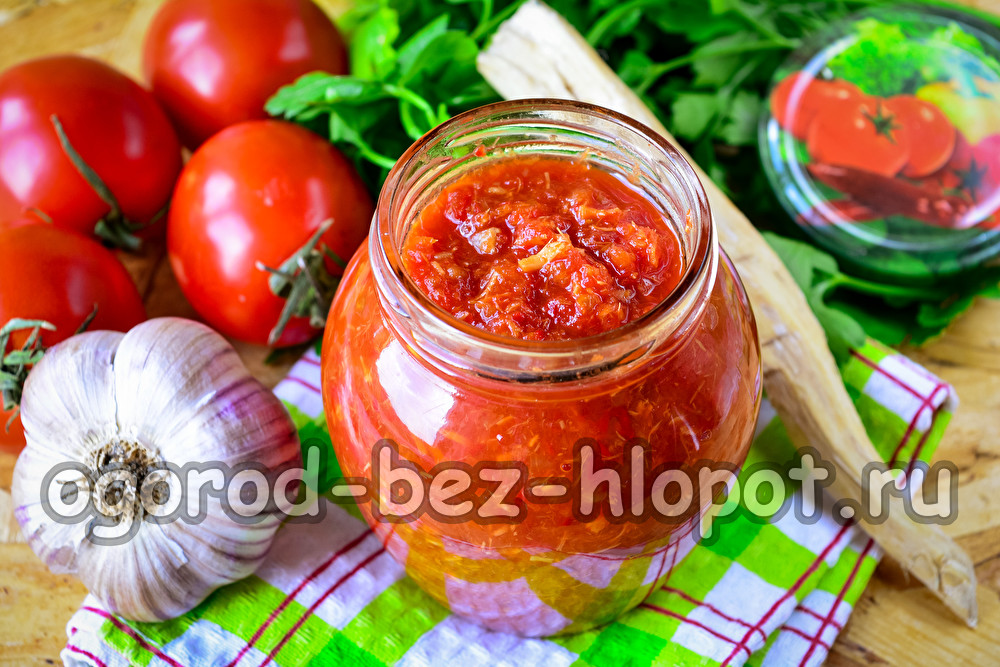 You may be interested in:
You may be interested in:Sauce Ingredients:
- horseradish - 100 g;
- sour cream - 2 tbsp. l;
- sugar, salt to taste.
Medicines and dishes from the leaves and roots of a healthy plant are contraindicated in nursing mothers and women during pregnancy. Spicy seasoning affects the taste of milk, activates the intestines. Healthy people should not be zealous with seasoning. Frequent use may cause mucosal irritation.


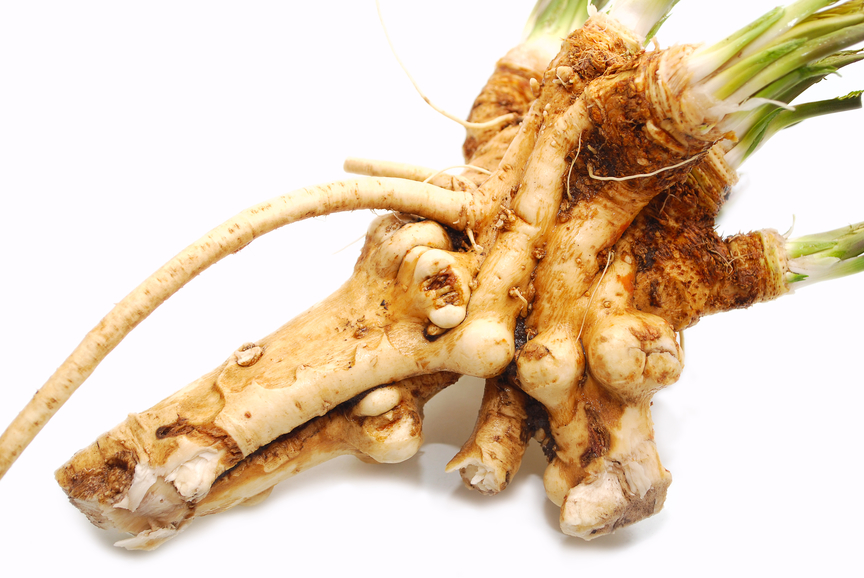
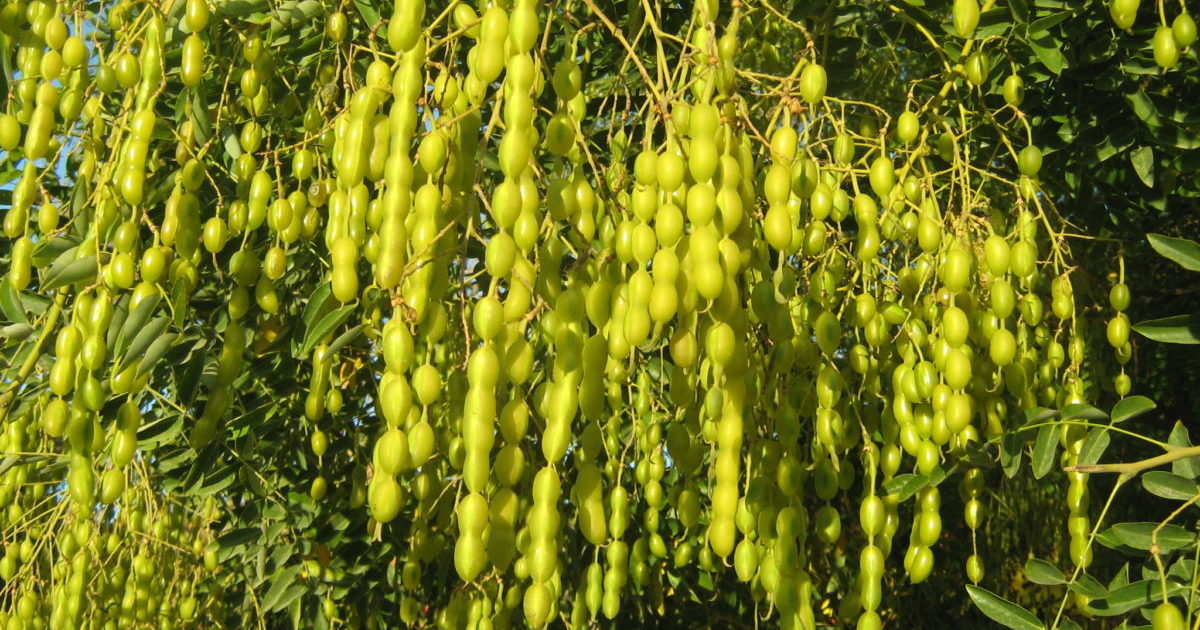
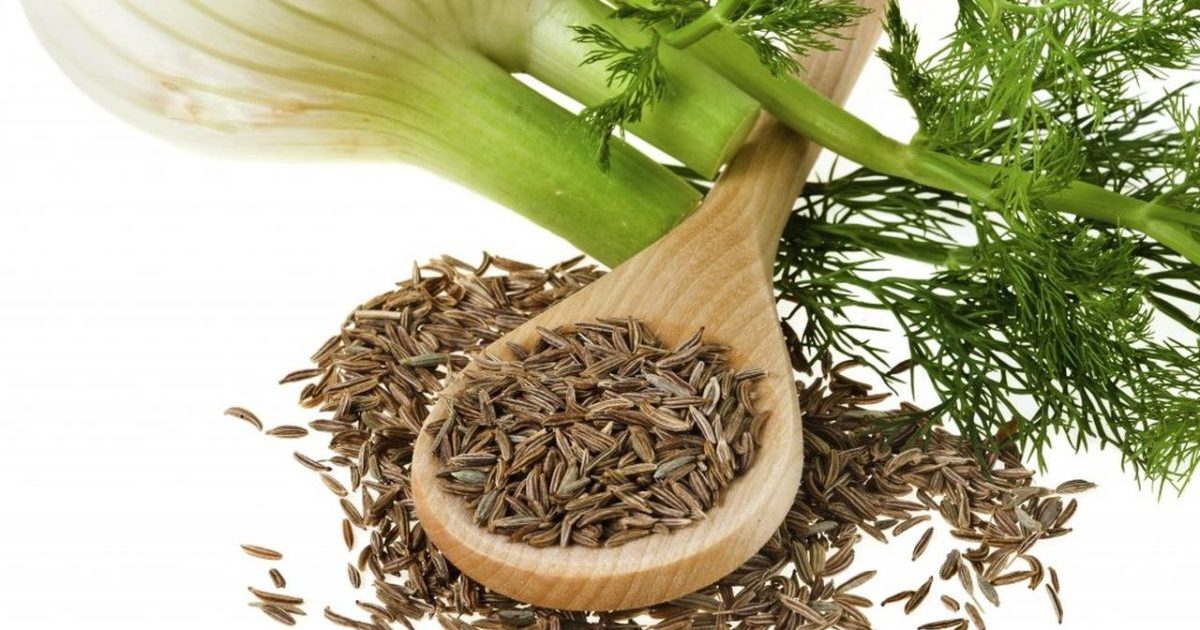 Fennel - beneficial properties and contraindications
Fennel - beneficial properties and contraindications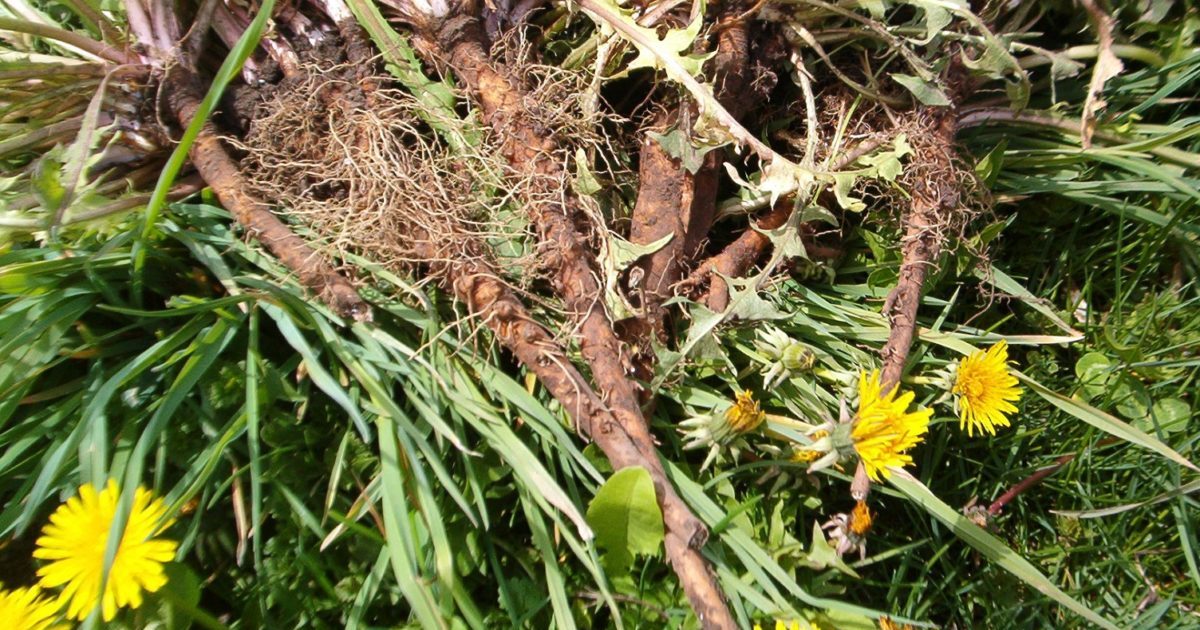 Dandelion Root - Health Benefits and Contraindications
Dandelion Root - Health Benefits and Contraindications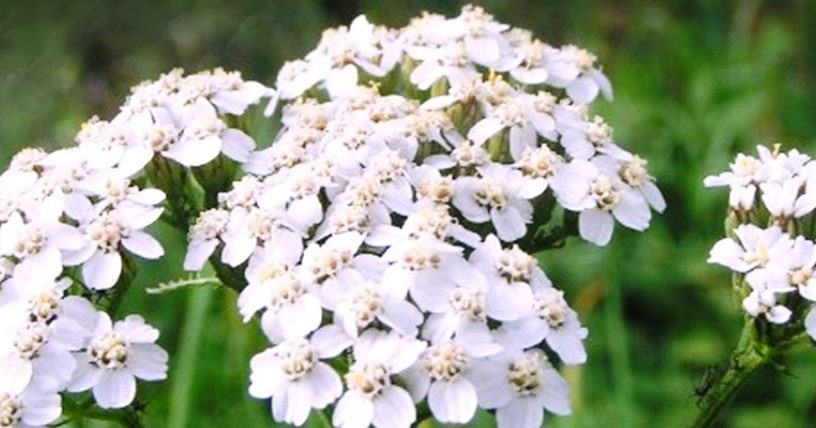 Yarrow - beneficial properties and contraindications for health
Yarrow - beneficial properties and contraindications for health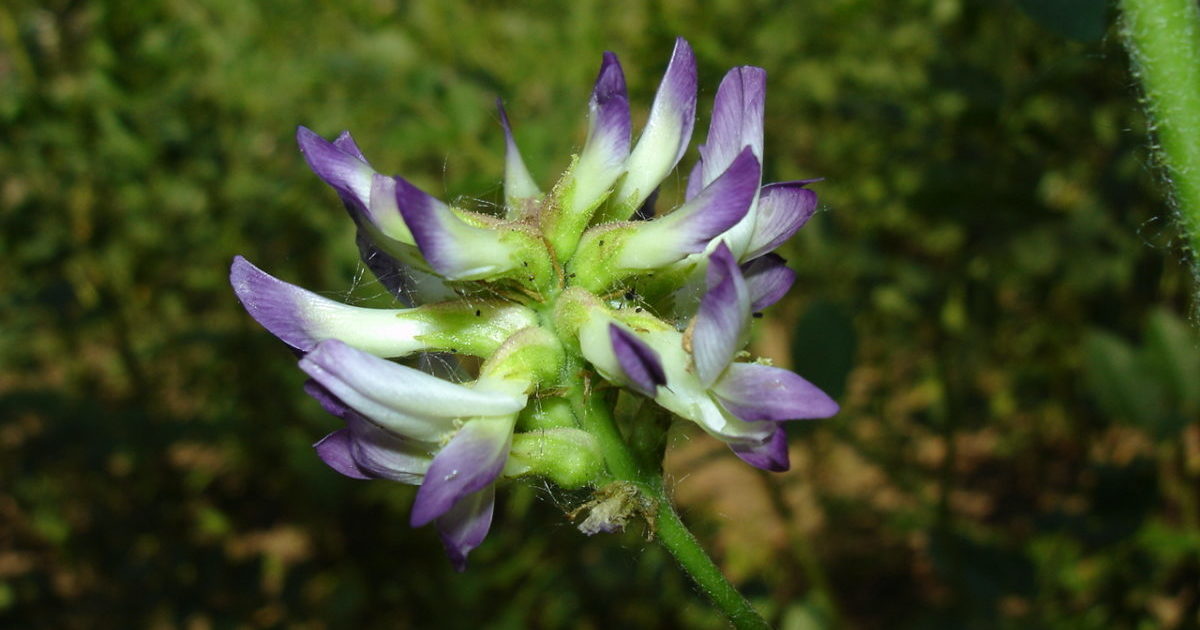 Licorice - beneficial properties and contraindications for health
Licorice - beneficial properties and contraindications for health